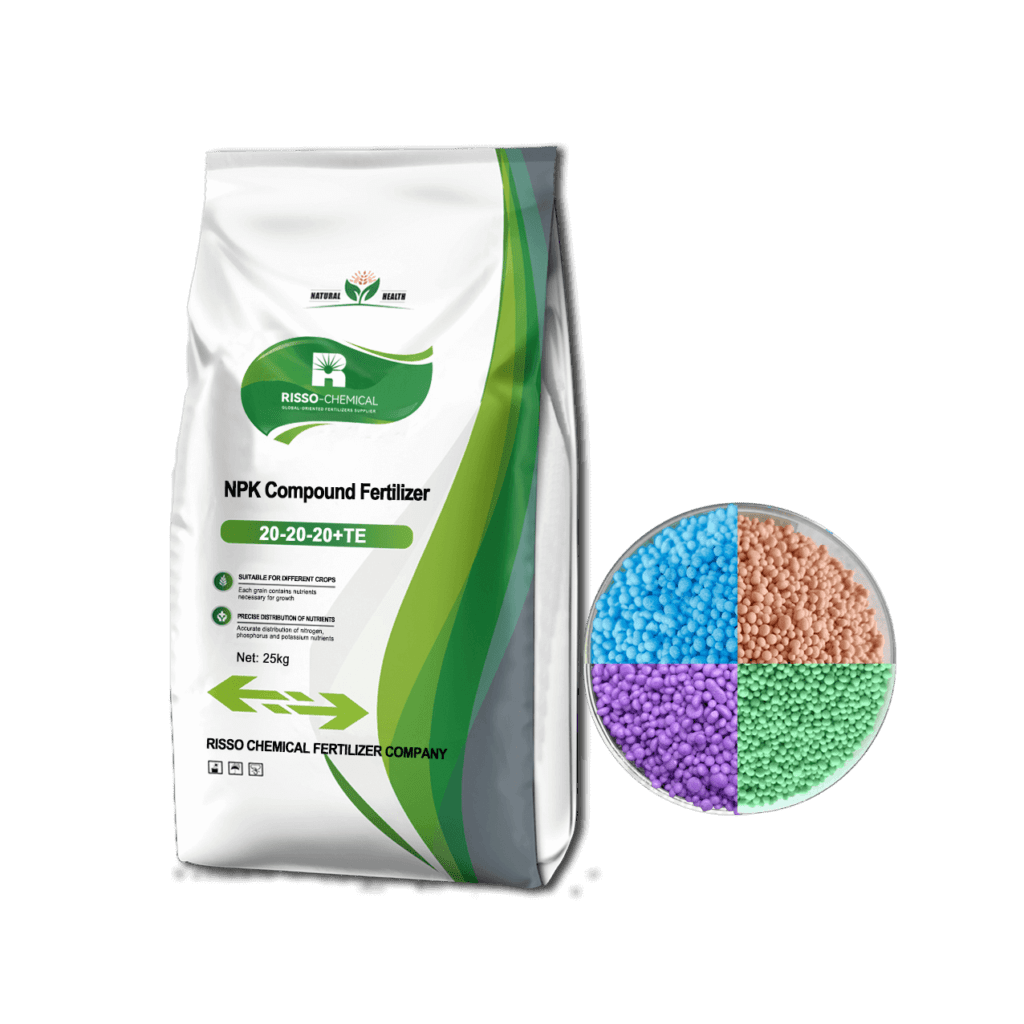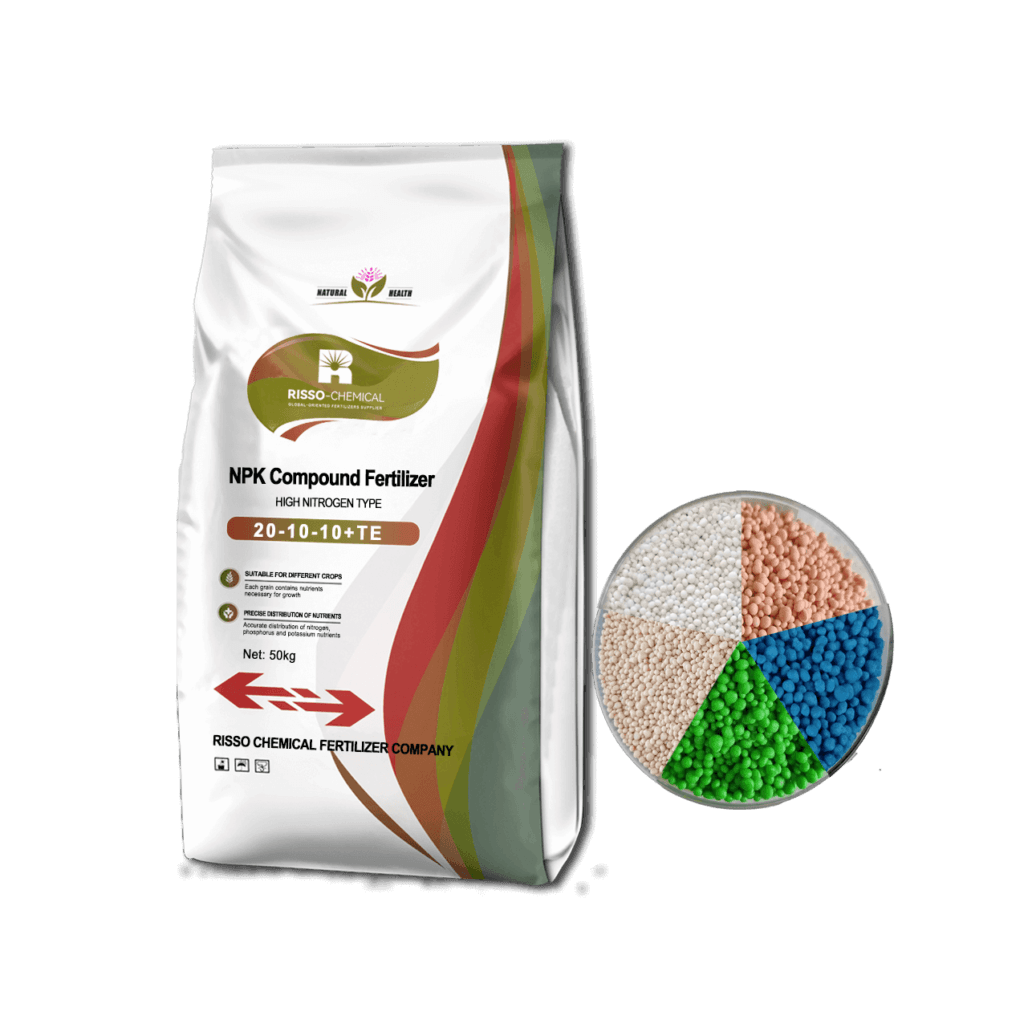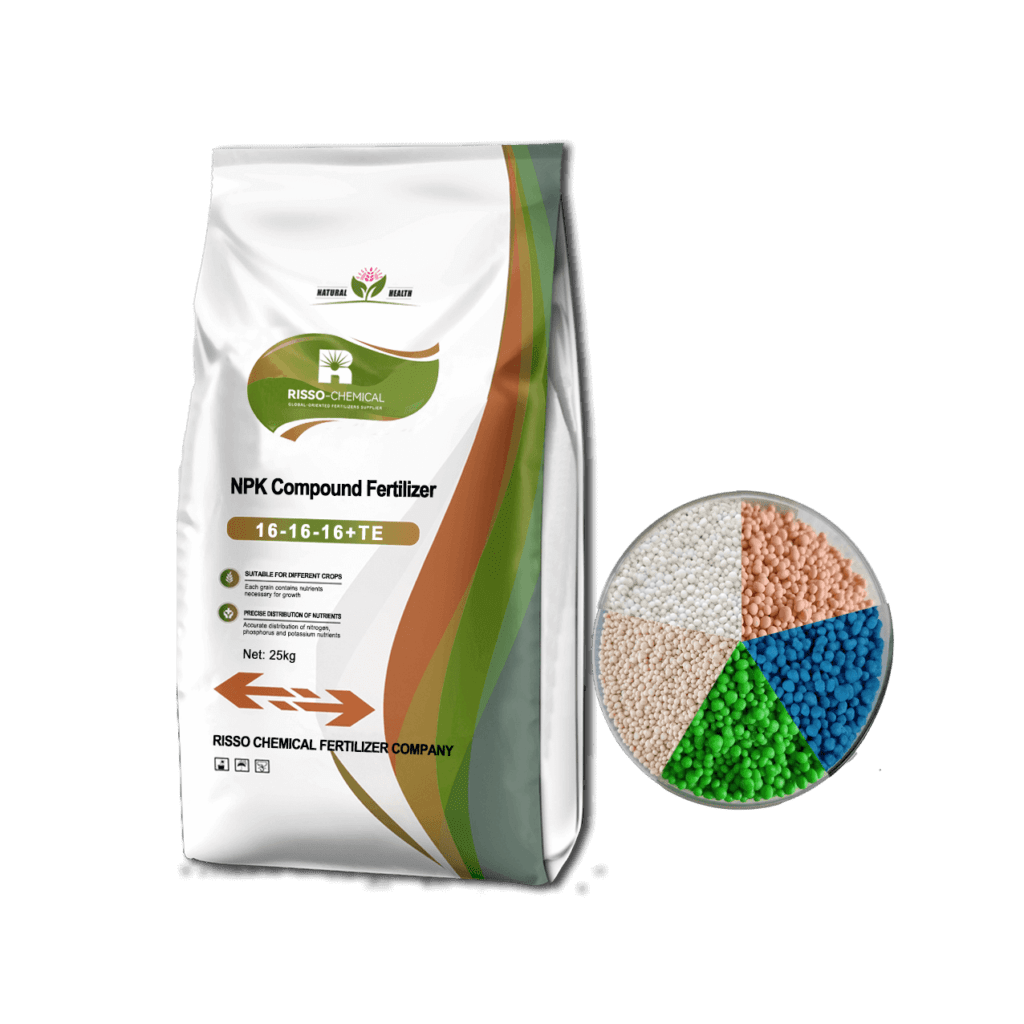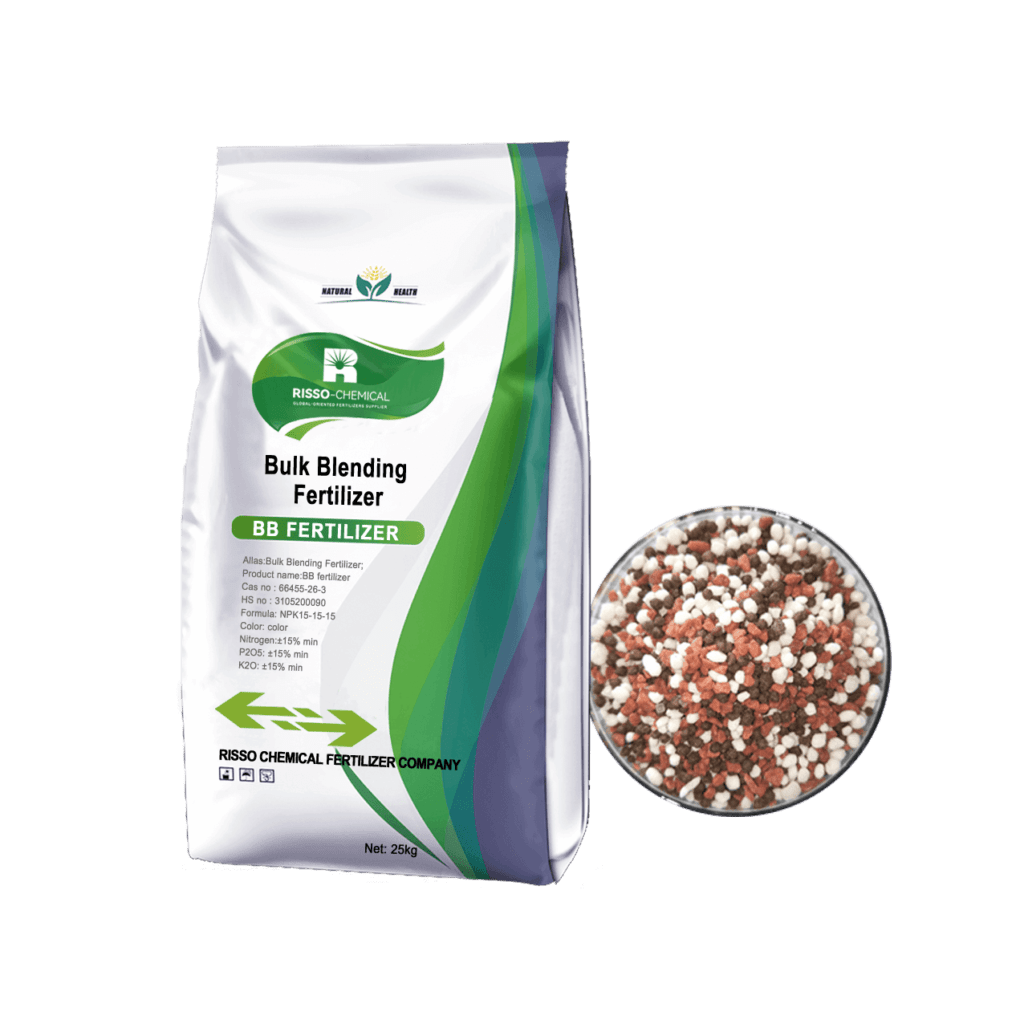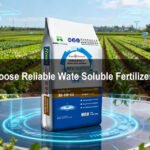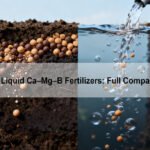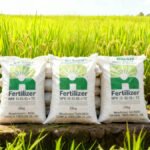Let more growers get greater benefits
Best Practices for Storing NPK Fertilizers: Maximize Shelf Life
- Industry News
- February 3, 2018
- 3:35 pm


NPK fertilizers are key for healthy plant growth, providing essential nutrients like nitrogen (N), phosphorus (P), and potassium (K) to plants. Proper storage is essential to maintain their potency and ensure they remain effective. If not stored properly, NPK fertilizers can go bad, lose effectiveness, clump together, or even become harmful to plants due to nutrient imbalances.
In this guide, we’ll discuss the best practices for storing NPK fertilizers, including optimal conditions, shelf life, and tips to prevent common storage mistakes.
List of Contents
- Why Proper Storage Matters for NPK Fertilizers
- Different Types of NPK Fertilizers and Their Storage Needs
- Optimal Storage Conditions for NPK Fertilizers
- Choosing the Right Containers for Storing NPK Fertilizers
- Avoid Common Mistakes in NPK Fertilizer Storage
- Checking Your NPK Fertilizers for Signs of Degradation
- Shelf Life of NPK Fertilizers
- Environmental Impact of Expired or Improperly Stored Fertilizers
- Frequently Asked Questions About NPK Fertilizer Storage
- Conclusion
Why Proper Storage Matters for NPK Fertilizers
NPK fertilizers deliver balanced nutrients, essential for plant growth and soil health. However, when exposed to moisture, temperature extremes, and contaminants, NPK fertilizers can lose their potency and effectiveness. Proper storage preserves the nutrients in NPK fertilizers, extending their shelf life and ensuring they provide the maximum benefit for your garden or crops.
Different Types of NPK Fertilizers and Their Storage Needs
There are several types of NPK fertilizers, each of which requires specific storage conditions to remain effective:
- Granular NPK Fertilizers: Granular fertilizers are solid and have a longer shelf life if stored correctly. They should be kept dry to prevent clumping and nutrient loss.
- Liquid NPK Fertilizers: Liquid fertilizers offer quick absorption but are more susceptible to separation and contamination. They should be stored in a cool, stable environment, with the container tightly sealed.
- Water-Soluble NPK Fertilizers: These dissolve quickly in water and are excellent for fast nutrient delivery but need protection from humidity to avoid premature activation.
- Controlled-Release or Coated NPK Fertilizers: Controlled-release fertilizers have a protective coating that releases nutrients over time. To prevent premature nutrient release, they should be stored away from high temperatures and moisture.
Optimal Storage Conditions for NPK Fertilizers
Ensuring the right environment for NPK fertilizers will help them maintain their quality for as long as possible. Here’s how to optimize storage conditions:
- Keep Fertilizers Dry: Moisture is the primary threat to granular and water-soluble fertilizers. Excessive moisture causes clumping in granular fertilizers and premature nutrient release in controlled-release types. Store fertilizers in an airtight container and place them in a dry area.
- Maintain a Cool, Stable Temperature: High temperatures can cause nutrient breakdown, affecting fertilizer potency. It’s best to store fertilizers in a cool, stable location, such as a garden shed, garage, or basement. Avoid storing them in direct sunlight or areas that experience large temperature fluctuations.
- Limit Exposure to Air: Air exposure can degrade fertilizer quality, especially for liquid and controlled-release fertilizers. Keep containers tightly sealed to prevent evaporation and oxidation.
- Protect from Contamination: To maintain the integrity of the fertilizer, store it separately from pesticides or other chemicals. Cross-contamination can alter fertilizer composition, reducing its effectiveness and potentially harming plants.
Choosing the Right Containers for Storing NPK Fertilizers
The type of container used for storage plays an important role in preserving the quality of NPK fertilizers. Here’s what to consider for each type:
- Airtight Plastic Containers for Granular and Powdered Fertilizers: Plastic containers with secure lids protect against moisture, making them ideal for granular and water-soluble fertilizers. Airtight containers also help prevent spills and keep fertilizers fresh.
- Opaque Bottles for Liquid Fertilizers: Liquid fertilizers should be stored in opaque or dark-colored bottles to prevent sunlight from affecting the liquid. These bottles should be tightly sealed to prevent evaporation and contamination.
- Original Packaging for Controlled-Release Fertilizers: Controlled-release fertilizers come with a specific coating that regulates nutrient release. It’s best to store them in their original packaging to avoid damaging the coating.
Label each container with the fertilizer type and purchase date. Proper labeling allows for easy identification and helps track fertilizer shelf life.
Avoid Common Mistakes in NPK Fertilizer Storage
To maximize the lifespan and effectiveness of your NPK fertilizers, avoid these common storage mistakes:
- Storing in High-Humidity Areas: Humidity is a fertilizer’s worst enemy, especially for granular and water-soluble types. Basements and sheds can be good locations, but make sure they’re well-ventilated to keep humidity low.
- Leaving Containers Open or Unsealed: Unsealed containers allow moisture and contaminants to enter, which can degrade fertilizer quality. Always double-check that containers are securely closed after each use.
- Exposing Fertilizers to Sunlight: Sunlight can cause some nutrients, particularly in liquid fertilizers, to degrade. Always store fertilizers in a shaded, dark space to protect them from UV exposure.
- Mixing Different Fertilizer Types in the Same Container: Each fertilizer type has a unique nutrient composition, and mixing different types can alter their effectiveness or cause chemical reactions. Keep fertilizers separate, preferably in their original containers.
Checking Your NPK Fertilizers for Signs of Degradation
Even with proper storage, fertilizers can show signs of degradation over time. Here’s how to identify potential issues and determine if your fertilizer is still usable:
- Clumping or Hardening in Granular Fertilizers: Granular fertilizers may clump due to humidity. If clumps are minor, you can break them up and still use the fertilizer. However, if the clumps are significant or the fertilizer has hardened, it may be less effective.
- Separation or Discoloration in Liquid Fertilizers: If a liquid fertilizer separates, shake it well before use. If it shows discoloration, develops a foul odor, or has visible mold growth, discard it, as it may have spoiled.
- Coating Damage in Controlled-Release Fertilizers: If the coating on controlled-release granules appears broken or compromised, it may result in faster nutrient release than intended. This could lead to nutrient imbalances in plants.
Shelf Life of NPK Fertilizers
Understanding the general shelf life of each NPK fertilizer type can help you plan storage more effectively:
- Granular Fertilizers: With proper storage, granular fertilizers can last indefinitely.
- Water-Soluble Fertilizers: These can last 2-3 years if kept dry and away from moisture.
- Liquid Fertilizers: Liquid fertilizers generally last 5-10 years, but it’s important to check for separation or odor before using older stock.
- Controlled-Release Fertilizers: The shelf life is typically 2-3 years. Store them in a cool, dry location to preserve their coating and nutrient release properties.
For each type, label the purchase date on the container to help track shelf life.
Environmental Impact of Expired or Improperly Stored Fertilizers
Regardless of the NPK ratio, expired or improperly stored fertilizers can cause nutrient loss, which pollutes water sources and disrupts ecosystems. By following these best practices for storing NPK fertilizers, you’re not only extending their usability but also minimizing environmental risks associated with fertilizer waste.
Frequently Asked Questions About NPK Fertilizer Storage
Can I store fertilizers in the refrigerator or freezer?
It’s generally unnecessary and impractical to refrigerate fertilizers. Cool, dry storage is sufficient, and freezing can damage liquid fertilizer containers.Can clumped granular fertilizer still be used?
Yes, you can break up small clumps and use the fertilizer. However, severe clumping may indicate moisture exposure, which can reduce nutrient quality.How do I safely dispose of expired fertilizers?
If fertilizer has degraded or expired, contact local waste management for disposal options. Avoid discarding fertilizers in natural environments, as they can lead to nutrient runoff.
Conclusion
Proper storage is key to maximizing the shelf life and effectiveness of NPK fertilizers. Given that NPK fertilizer prices in 2024 have increased due to rising demand and production costs, taking steps to preserve your fertilizers is more important than ever. By maintaining a cool, dry environment, using appropriate containers, and avoiding common storage mistakes, you can keep your fertilizers fresh and ensure they provide essential nutrients to your plants. Adopting these best practices not only helps prevent waste but also supports sustainable gardening and minimizes environmental impact.
NPK Related Products
If you want to know other questions about NPK fertilizers, please contact us and we will provide professional answers.
- Article
What will you get when touch?
✔ Quick & helpful reply within 6 hours.
✔ Tailored solutions for your project.
✔ One-stop product, tech, market
TRENDING
TAIAN RISSO CHEMICAL FERTILIZER CO.,LTD
- Address: High-tech Development Zone, Taian City, Shandong Province
© Copyright 2017 RISSO CHEMICAL. All Rights Reserved.



